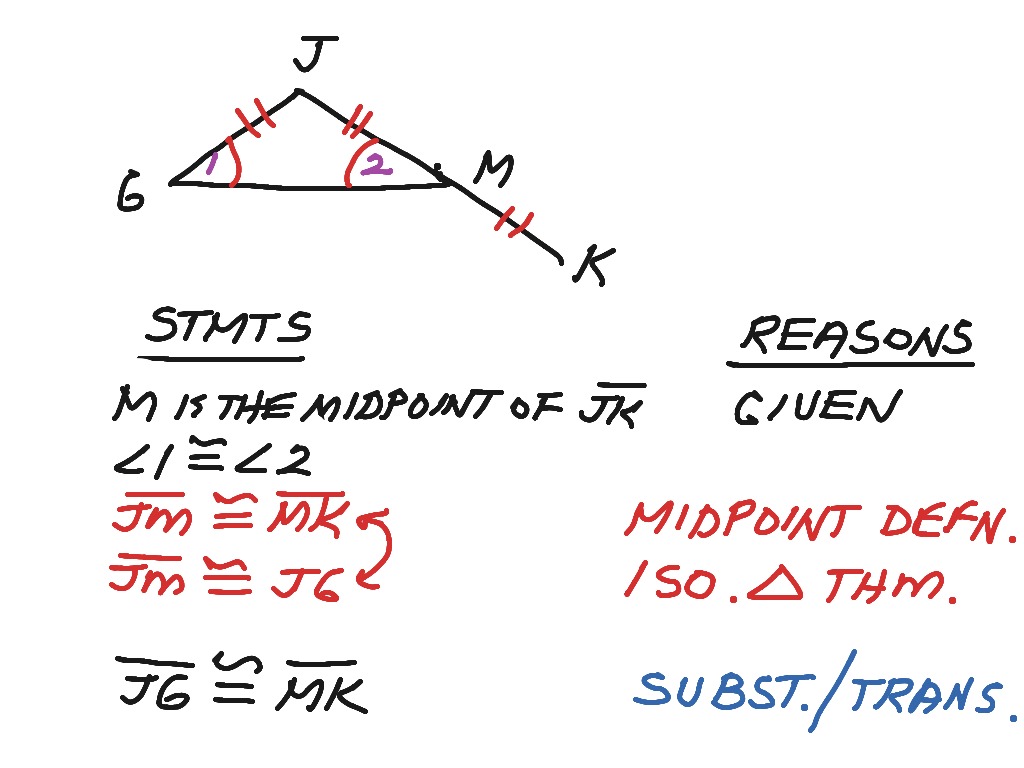

Use trigonometric functions to find the maximum and minimum values of a given function.How can you use trigonometry to calculate the distance between two points on a plane?.How do you convert from radians to degrees and vice versa? Explain the difference between radians and degrees.How can trigonometry help you in your future career?.Use trigonometry to find the area of a triangle.What is the unit circle? How is it used in trigonometry?.How does trigonometry relate to circular motion and harmonic motion?.


The diameter of the semicircle is determined by a point on the line x + 4 y = 4 and a point on the x‐axis (Figure 2).One reason math journal prompts are so effective is that they require you to think more deeply about the material. The area ( A) of an arbitrary square cross section is A = s 2, whereĮxample 2: Find the volume of the solid whose base is the region bounded by the lines x + 4 y = 4, x = 0, and y = 0, if the cross sections taken perpendicular to the x‐axis are semicircles.īecause the cross sections are semicircles perpendicular to the x‐axis, the area of each cross section should be expressed as a function of x. The length of the side of the square is determined by two points on the circle x 2 + y 2 = 9 (Figure 1). In this case, the volume ( V) of the solid on isĮxample 1: Find the volume of the solid whose base is the region inside the circle x 2 + y 2 = 9 if cross sections taken perpendicular to the y‐axis are squares.īecause the cross sections are squares perpendicular to the y‐axis, the area of each cross section should be expressed as a function of y. If the cross sections are perpendicular to the y‐axis, then their areas will be functions of y, denoted by A(y). The volume ( V) of the solid on the interval is If the cross sections generated are perpendicular to the x‐axis, then their areas will be functions of x, denoted by A(x). You can use the definite integral to find the volume of a solid with specific cross sections on an interval, provided you know a formula for the region determined by each cross section. Volumes of Solids with Known Cross Sections Volumes of Solids with Known Cross Sections.Second Derivative Test for Local Extrema.First Derivative Test for Local Extrema.Differentiation of Exponential and Logarithmic Functions.Differentiation of Inverse Trigonometric Functions.Limits Involving Trigonometric Functions.


 0 kommentar(er)
0 kommentar(er)
